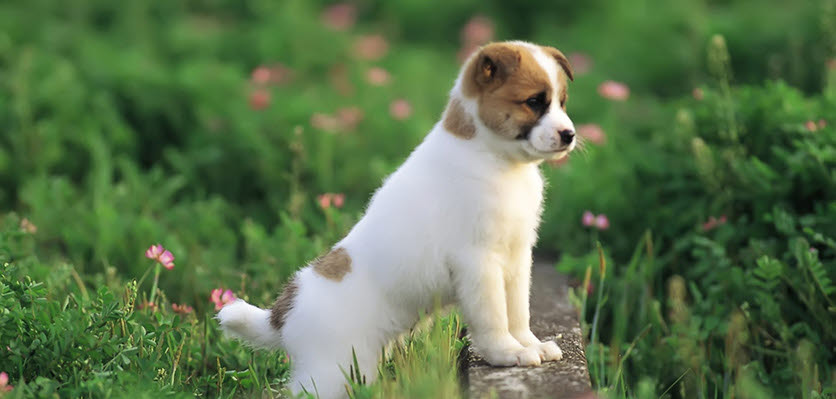
Do you love posting photos of your pet on social media? Visions of lucrative sponsorship deals aside, many of us love taking photos of our pets and sharing them on social media.
It’s normal to think your pet is the cutest pet around, and some of us are even right. However, we need to ensure that in our pursuit of fame and fortune for our furry friends, we keep them safe and happy during the process.
Understand their body language
Although they can’t speak, pets tell us everything we need to know via their behaviour or body language. If your dog is happy for instance, they will often have an open face, soft ears and a wagging tail. If your dog is scared or anxious on the other hand, they will have a tense face, ears pulled back and down and tail often stiff or between their legs.
You should never make your dog or cat feel scared or anxious for a photo. If you notice they are looking uncomfortable during your photography sessions, give them a break. Dogs and cats get tired like us, and it doesn’t take very long before they are sick of your amateur photography skills. Don’t push them, and instead opt for cute sleeping photos.
Think twice about costumes
Who doesn’t love a dog in a bumblebee costume? Unfortunately, many dogs and almost all cats find costumes very uncomfortable and even distressing. Unless you’ve got a very patient and tolerant dog, consider skipping the costume. Don’t use costumes during hot weather such as at the beach or in the full sun. Avoid any costumes that go over a pet’s head (such as a hoodie) or obstructs their movement.
Don’t use glitter, paint or dyes
Avoid using any cosmetics, dyes, paints or glitter products on pets. As pets need to groom their coats with their tongue to keep them clean and healthy, by putting chemicals or metals on their hair it places them at undue risk of ingestion. Additionally, many paints are irritating and could be toxic to pets.
Avoid sharing videos or pictures of unwell pets
It can sometimes be difficult to tell on social media, but many cats and dogs that might appear cute are actually suffering underlying conditions. Brachycephalic pets, which includes the flat-faced breeds like Pugs, French Bulldogs, British Bulldogs and cat breeds like Persians, often suffer from undiagnosed or untreated respiratory disease due to their facial structure.
The snorting, snoring and snuffling characteristics of these breeds is a sign of underlying respiratory disease that needs assessment and treatment by a veterinarian. Avoid promoting dogs and cats with these exaggerated features by not sharing any content that features pets struggling to breathe.
No one can predict who will be the next big star on social media. However, by only taking happy, natural pictures of your pets, you can ensure you will be making your pet famous – responsibly.
